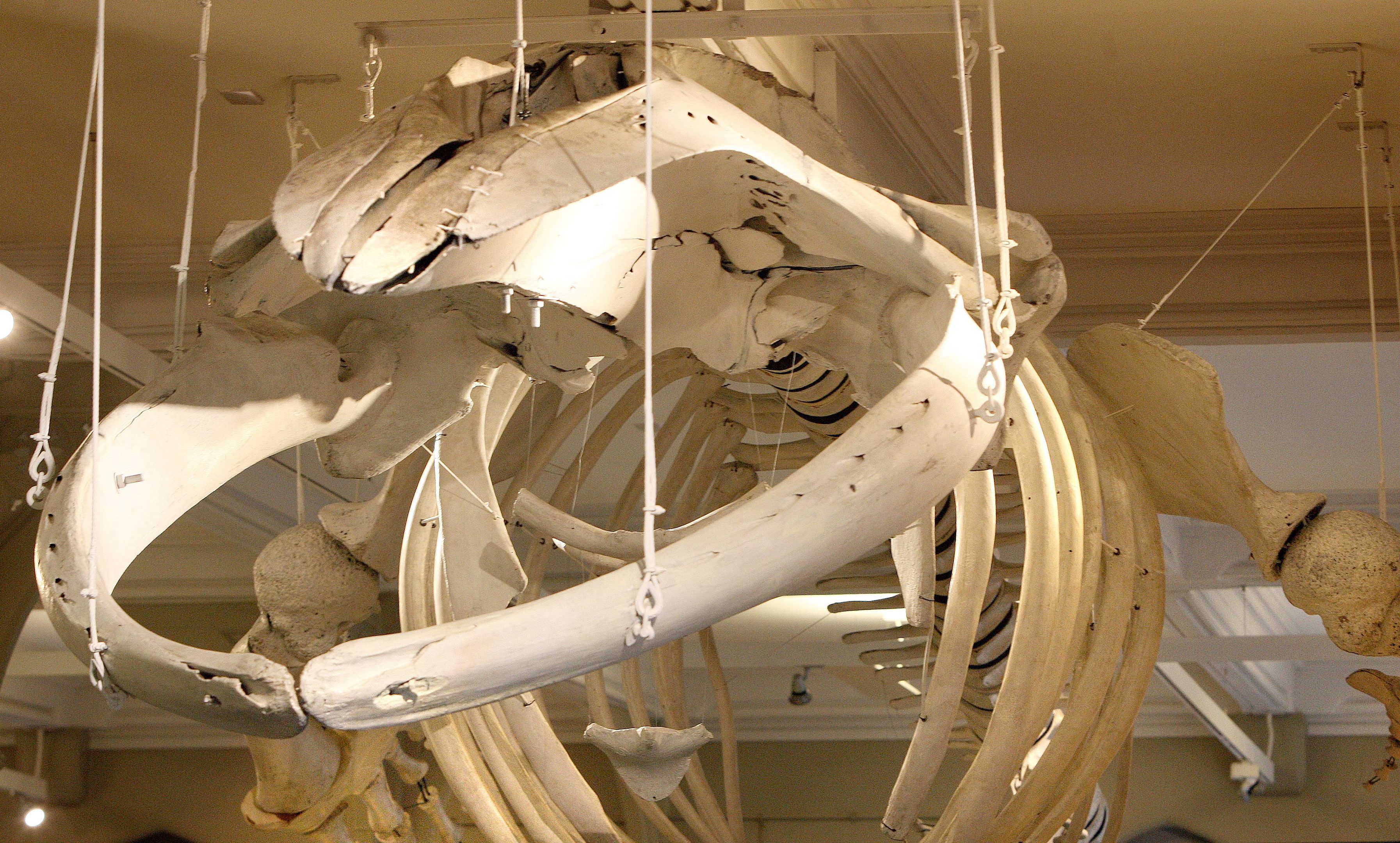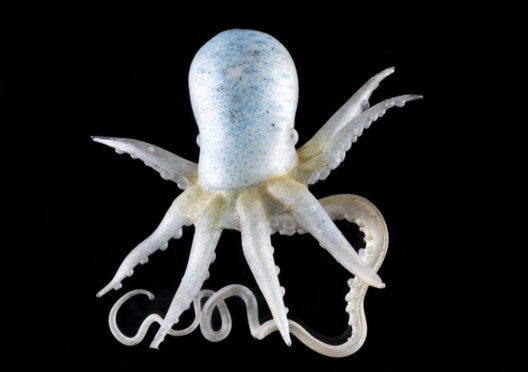Two of Dundee’s most iconic industries will be celebrated as part of a new art project.
The City of Discovery’s historic contributions to both the whaling and jute industries will be promoted within an exhibition organised by Dundee Heritage Trust.
The project, dubbed ‘Whale’, will welcome visitors who will be able to immerse themselves in the world of whales by wearing headphones adorned with Dundee jute.
Oceanic voices of bowhead whales, bearded seals, beluga whales and narwhals speak directly into visitors’ ears as they stand at Dundee’s waterfront overlooking the River Tay.
Whale, by artist and scholar Yolande Harris, is part of NEoN Digital Arts pop up programme for Dundee’s Ignite Festival.
The 30-minute ‘sound walk’ is available separately from RRS Discovery’s exhibition and tours, and is free of charge.
Paul Jennings, executive director of Dundee Heritage Trust, which runs RRS Discovery, said the partnership with NEoN (North East of North), and Yolande Harris was a logical one given the Trust’s involvement in both the whaling and jute industries.
Mr Jennings said: “Dundee Heritage Trust was set up to preserve and portray Dundee’s heritage through both RRS Discovery, famously made by builders of whaling ships, and the jute and social history museum Verdant Works.
“So it made sense to host Whale, which straddles both of these worlds. We know that visitors to Discovery Point will be as fascinated by Whale as we are.”
Donna Holford-Lovell, director of NEoN, said: “We are delighted that, through Yolande Harris’ exhibition and Ignite, we can add an extra dimension to visits to Discovery Point.
“Whale highlights Dundee’s past as well as the changing face of the city, and in particular its waterfront.”
Whale runs until Sunday.
Headphones can be picked up at RRS Discovery’s reception area.
For more information on Whale click here.
Dundee’s famous McManus whale swam into the Firth of Tay in 1883.
After being harpooned, the whale escaped before being found off the Angus coast.
It is now one of the most iconic specimens in the McManus’s natural history collection.










